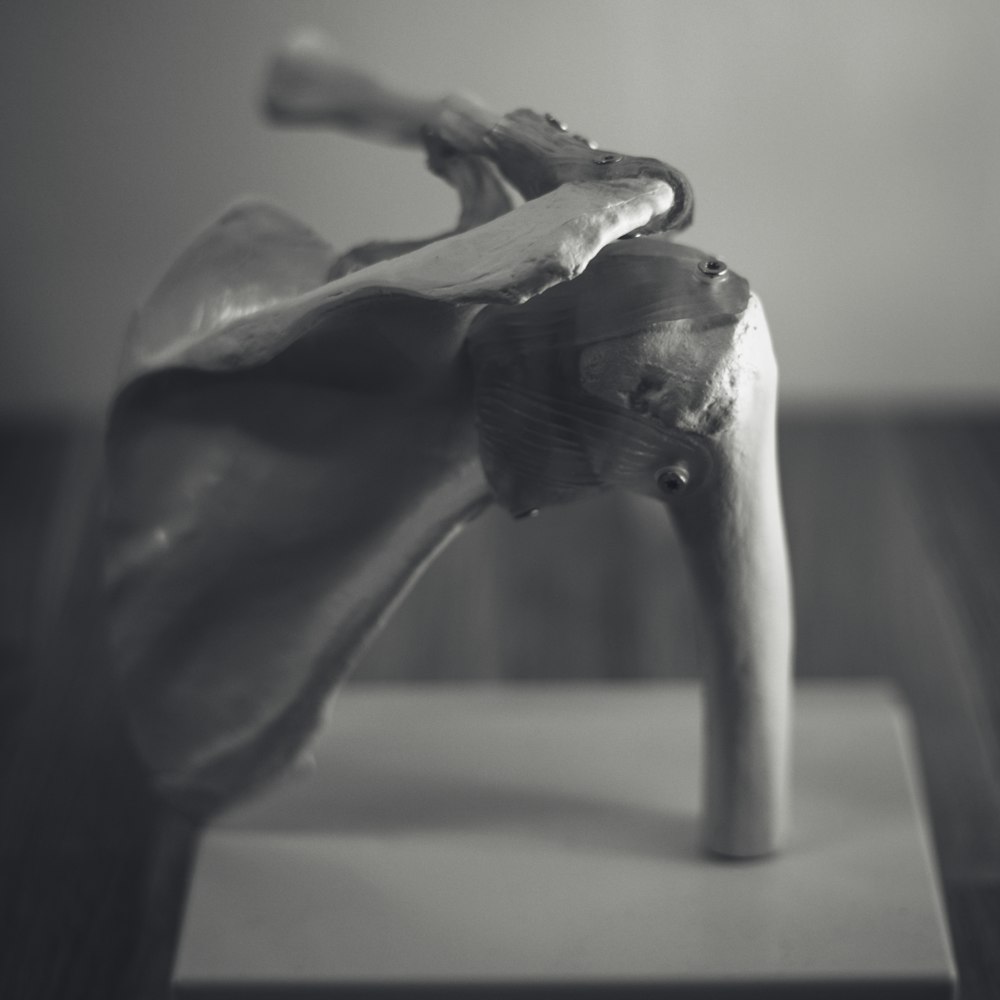目次
肩関節周囲炎症例の夜間痛の原因は何なの?
理学療法士・作業療法士が肩関節周囲炎の症例を担当する機会は多いと思います.
肩関節周囲炎症例では夜間痛が強く十分な睡眠がとれないといった方って多いですよね.
理学療法士・作業療法士であればポジショニングの指導なんかをされると思いますが,そもそもなぜ夜間痛って出現するのでしょうか?
今回は肩関節周囲炎症例の夜間痛を考えるうえでヒントになる論文をご紹介させていただきます.

今回ご紹介する論文
Musculoskelet Sci Pract. 2022 Jun;59:102536. doi: 10.1016/j.msksp.2022.102536. Epub 2022 Feb 22.
Nocturnal pain in patients with rotator cuff related shoulder pain: A prospective study
Alper Mengi 1, Mehmet Akif Guler 2
Affiliations expand
PMID: 35220021 DOI: 10.1016/j.msksp.2022.102536
今回ご紹介する論文は2022年に掲載された論文です.
研究の背景・目的
Introduction: Nocturnal pain is a common complaint in rotator cuff related shoulder pain (RCRSP), and there is no study in literature that has evaluated the relationship between nocturnal pain severity and other evaluation parameters in RCRSP. The objective of the study was to investigate the relationship between the severity of nighttime pain and demographic and clinical data including physical examination findings, magnetic resonance imaging (MRI) findings, disability, kinesiophobia, and quality of life scores in patients diagnosed with RCRSP.
夜間痛は肩腱板関連痛(RCRSP)によく見られる訴えであり,肩腱板関連痛における夜間痛の重症度と他の評価項目との関係を評価した報告はありません.
この研究では肩腱板関連痛と診断された症例において,夜間痛の重症度と身体検査所見,MRI所見,障害,運動恐怖症,QOLスコアなどの人口動態および臨床データとの関係を検討することを目的としております.
研究の方法
Materials and methods: We assessed 61 patients (52.4% female) using the Visual Analog Scale (VAS) for nighttime and daytime, Shoulder Pain and Disability Questionnaire (SPADI), Tampa Scale of Kinesiophobia (TSK), and Short Form-36 (SF-36). Demographic and clinical data were recorded and rotator cuff specific examinations were performed and documented. RCRSP lesions were evaluated in terms of tendonitis and rupture by MRI.
61例の症例(女性52.4%)を対象として,夜間と昼間のVisual Analog Scale(VAS),肩の痛みと障害に関する質問票(SPADI),Tampa Scale of Kinesiophobia(TSK),Short Form-36(SF-36)で評価を行っております.
人口統計学的データと臨床データを記録し,腱板特異的検査を実施しております.
肩腱板関連痛病変はMRIにより腱炎と断裂の観点から評価が行われております.
研究の結果
Results: The nighttime VAS score was positively correlated with SPADI disability and total scores, and daytime VAS score, and negatively correlated with SF-36 physical function subscale. The nighttime VAS score was associated with presence of calcific tendonitis in supraspinatus, infraspinatus tendinosis, and subscapularis tendinosis. On multivariate analysis with a linear regression model, presence of subscapularis tendinosis was an independent predictor of nighttime VAS score. In shoulder clinical tests, the nighttime VAS score correlated with only Neer test positivity.
夜間VASスコアは,肩の痛みと障害に関する質問票および総スコア,日中VASスコアと正の相関があり,SF-36身体機能下位尺度と負の相関がありました.
夜間VASスコアは棘上筋の石灰沈着性腱炎,棘下筋腱炎,肩甲下筋腱炎の存在と関連しておりました.
線形回帰モデルによる多変量解析では,肩甲下筋腱炎の有無が夜間VASスコアの独立した予測因子でありました.
また肩関節臨床検査では夜間VASスコアはNeerテスト陽性のみと相関がありました.
研究の結論
Conclusions: Our results suggest that there is a relationship between nocturnal pain severity and disability. Presence of subscapularis tendinosis appears to be a predictor of nocturnal pain severity. Additionally, patients with positive Neer test may experience more nocturnal pain.
この研究結果から夜間痛の重症度と障害の間に関係があることが示唆されました.
肩甲下筋腱膜炎の有無は夜間痛の重症度の予測因子であると思われます.
またNeerテストが陽性である症例は夜間痛が強いと考えられます.
今回は肩関節周囲炎症例の夜間痛を考えるうえでヒントになる論文をご紹介させていただきました.
今回の結果から考えると肩甲下筋腱炎というのが1つのポイントになりそうですね.
肩甲下筋腱炎の鎮静化をはかることとNeer testが陽性になっている原因を取り除くことが夜間痛を軽減させることにつながる可能性がありますね.
肩関節周囲炎症例の夜間痛を考えるうえで大きなヒントになる論文だと思います.






